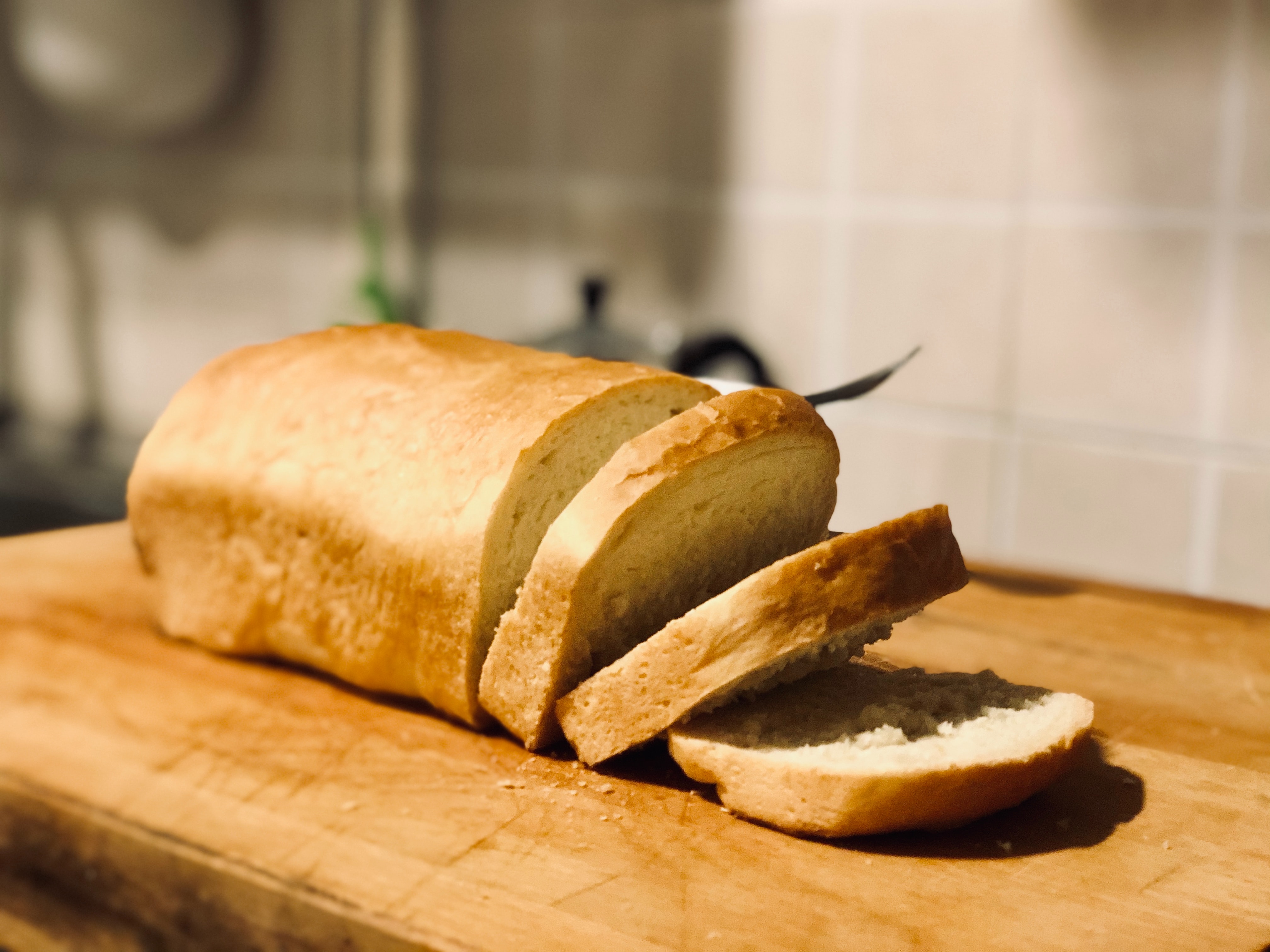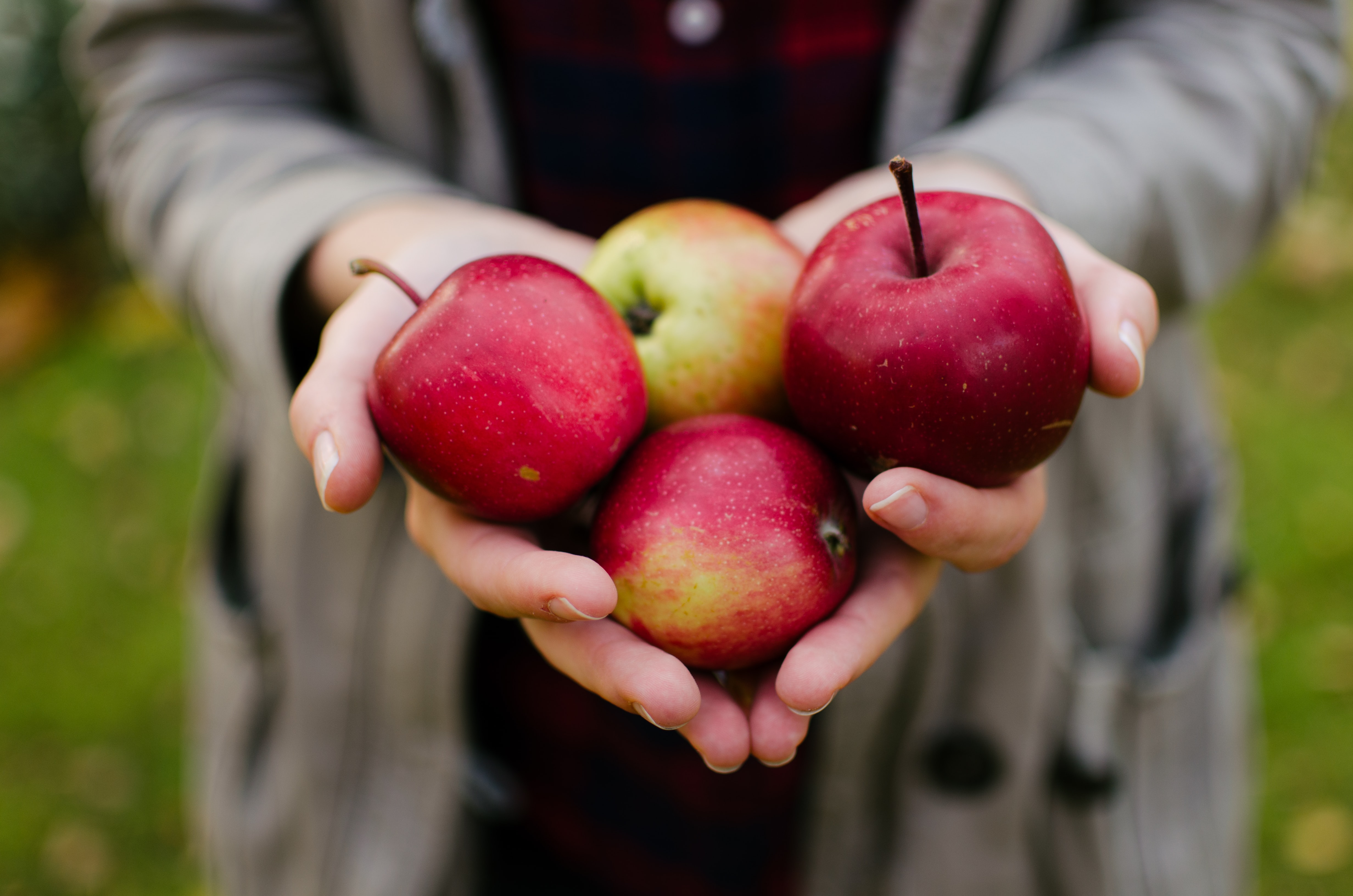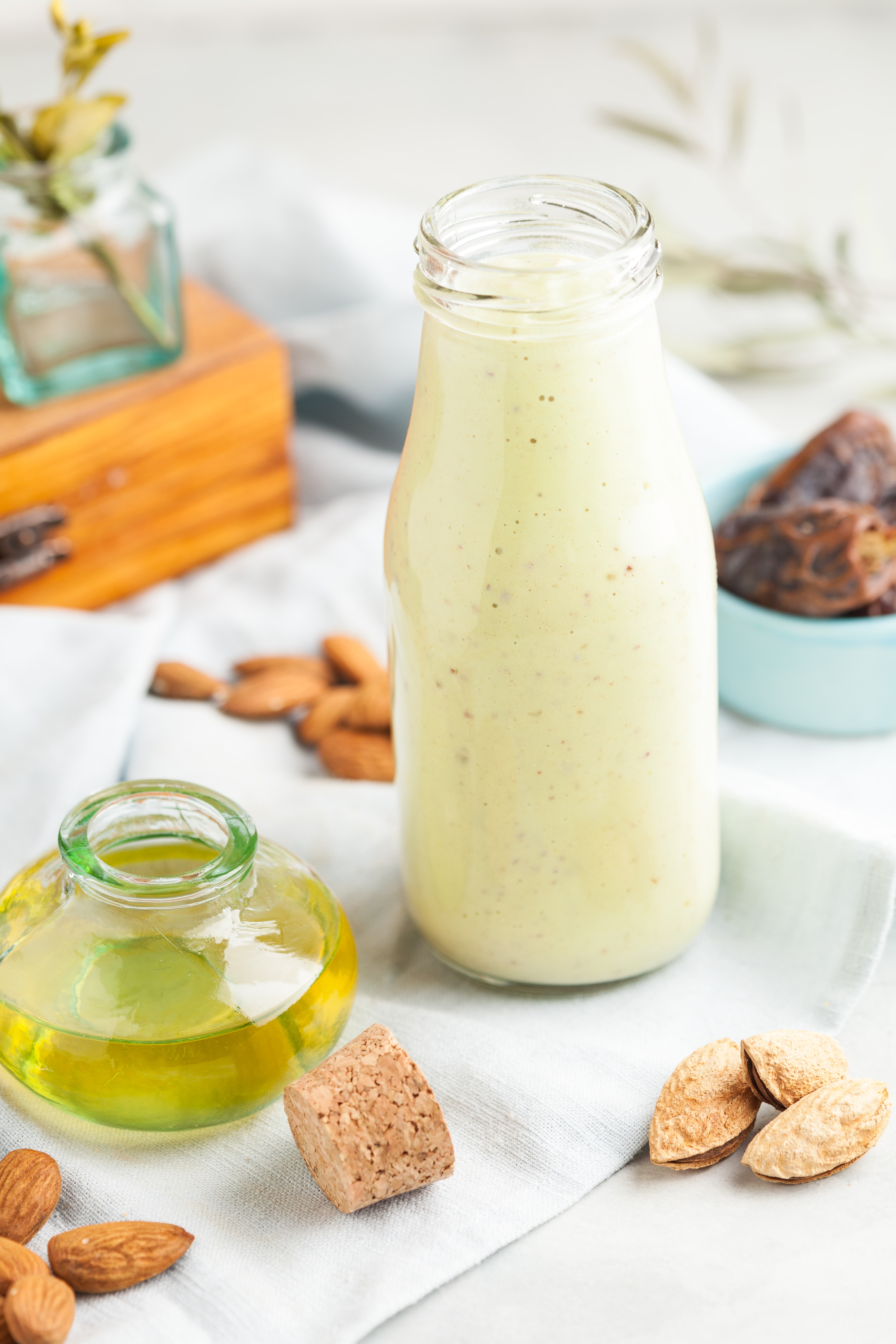There may be something lurking within the gut, when and where it is least expected.
We’re probably already in tune with keeping the large intestine healthy, balanced and well-populated with good bacteria (got probiotics?).
But, what about the health of the small intestine that is located before it in the digestive tract?
The truth is, this is where the serious business of nutrient absorption happens before the waste products are sent through to the large intestine or bowel to be expelled.
As you can imagine, there’s quite a slippery slope that ensues when the flora in this critical stretch of digestive highway goes out of balance.
What is SIBO and what are the symptoms?
At its most basic level, SIBO or Small Intestinal Bacterial Overgrowth is when bacteria or other microorganisms, good or bad, grow out of control in the small intestine – an area that would normally have a low bacterial count, as compared to the large intestine.
Microorganisms setting up shop in this area (colonisation) end up damaging the cells lining the small intestine. This is otherwise known as leaky gut or an increase in intestinal permeability.
This, in turn, impairs the digestive process and overall absorption of nutrients which can exacerbate nutritional deficiencies, allow toxins, infections and undigested protein molecules to enter the bloodstream that then cause widespread inflammation, food sensitivities, autoimmune disorders, and other immune reactions.
There are three types of SIBO; methane SIBO, hydrogen SIBO and hydrogen sulphide SIBO. They release methane, hydrogen and hydrogen sulphide gases respectively causing the below symptoms.
The most common symptoms of SIBO are:
- Malabsorption issues and malnutrition
- Weight loss (or gain)
- Nausea and/or vomiting
- Abdominal bloating or distension
- Abdominal pain or discomfort
- Acid reflux or heartburn (GERD)
- Excessive gas or burping
- Constipation and/or diarrhoea
- Fatigue
- Skin issues like rashes, acne, eczema and rosacea
- Aches & pains, especially joint pain
As mentioned, one of the biggest concerns with SIBO is that you’re not absorbing essential nutrients, like protein, carbohydrates and fats properly. This can cause deficiencies of iron, vitamin B12, calcium, and the fat-soluble vitamins A, D, E and K.
What causes SIBO?
According to experts, the causes are not clearly defined but contributing factors to being diagnosed with SIBO can include:
- Ageing
- Metabolic disorders including diabetes
- Chronic pancreatitis
- Diverticulosis
- Food poisoning
- Injury to the bowel
- Recent abdominal surgery
Coeliac disease is also associated with an increased risk for developing SIBO, and can be of a particular concern, as it disturbs gut motility leading to poor functioning of the small intestine.
Another common condition associated with SIBO is Irritable Bowel Syndrome. As a matter fact, studies have found that SIBO occurs simultaneously in more than half of all cases of IBS. It has even been reported that successful elimination of bacterial overgrowth in the small intestine resolves symptoms of IBS too.
The use of certain medications, including immunosuppressant medications, and proton pump inhibitors (acid reflux medications) as well as heavy metal toxicity, low stomach acid, inflammatory diets, and yep, you guessed it, stress are all thought to be contributors as well.
How can you test for SIBO?
It is typically diagnosed using a breath test in which the patient drinks a lactulose sugar-containing drink and exhaled gases are measured.
You can also test it with a stool test which is less invasion and doesn’t require fasting beforehand like the breath test.
If there are too many bacteria, excess gases (hydrogen, methane or both) will be produced. It should be noted that the reliability of this test is considered less than ideal, but is the only test available at the moment. You can find out more information about the SIBO breath test HERE.
What’s the treatment for SIBO?
Most nutritionists advise to adhere strictly to the “SIBO diet” for at least 4 weeks – which may include any (or all) of the following protocols:
- Herbal antibiotics, including oregano oil
- A low FODMAP/SCD, biphasic diet, GAPS and/or AIP diet; unfortunately, this includes avoiding garlic & onions
- Supporting the migrating motor complex with foods and prokinetic supplements
- Stress management; yes, this can help heal your gut!
- Repopulating the good bacteria using probiotics, and then feed with prebiotics.
To learn more about the options for treating SIBO, contact Nutritionist Kate for a free 15 minute fatigue breakthrough call.
References
World Journal of Gastroenterology: “Small Intestinal Bacterial Overgrowth Syndrome”
World Journal of Gastroenterology: “Irritable Bowel Syndrome and small intestinal bacterial overgrowth: meaningful association or unnecessary hype?”
Journal of Clinical Gastroenterology: “Gastrointestinal motility disturbances in celiac disease”
Photo by Alicia Petresc on Unsplash
SIBO-friendly Beef Bone Broth Recipe – Slow Cooker Version
Ingredients:
* no onions, leeks or garlic
2lbs beef marrow bones, thawed, grass-fed preferably
3 large carrots, unpeeled
1/2 medium celery root (not stalks)
Combination of fresh “antibacterial” herbs: few sprigs of each – rosemary, oregano & thyme
2 bay leaves
1Tbs apple cider vinegar, unpasteurized
¼ – ½ tsp himalayan pink salt
Water to desired dilution
Instructions:
- Preheat oven to 200 degrees C
- Wash and chop veggies into large pieces – large enough that they won’t turn to mush.
- Place your bones onto a baking sheet and place into the oven. Cook for 30 minutes.
- Tie your herb sprigs into a bundle with cooking-safe string.
- Once your bones have roasted, pull them out of the oven and put them directly into a slow cooker. Add the veggies and the herb bundle into the cooker with the bones.
- Fill a 6-quart slow cooker with fresh water up to about ¾ inch under the rim. Add the bay leaves, apple cyder vinegar and salt.
- Cook in your pot on low; you should have a gentle, rolling boil after an hour or so.
- Remove the herbs after about 4 hours, otherwise your broth may look strange from the colours seeping out!
- Remove the veggies once they’re very soft, but not yet mushy.
- Let the bones cook for a total of 12-48 hours. Strain the broth, let cool a bit, and store in glass jars for up to ONE WEEK in your fridge. You can also freeze the broth if you don’t use it right away.
- The appearance of a gel-like substance (natural gelatin) is normal and desired – enjoy the gut-friendly goodness!






